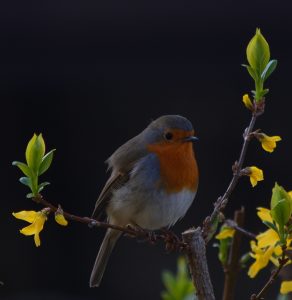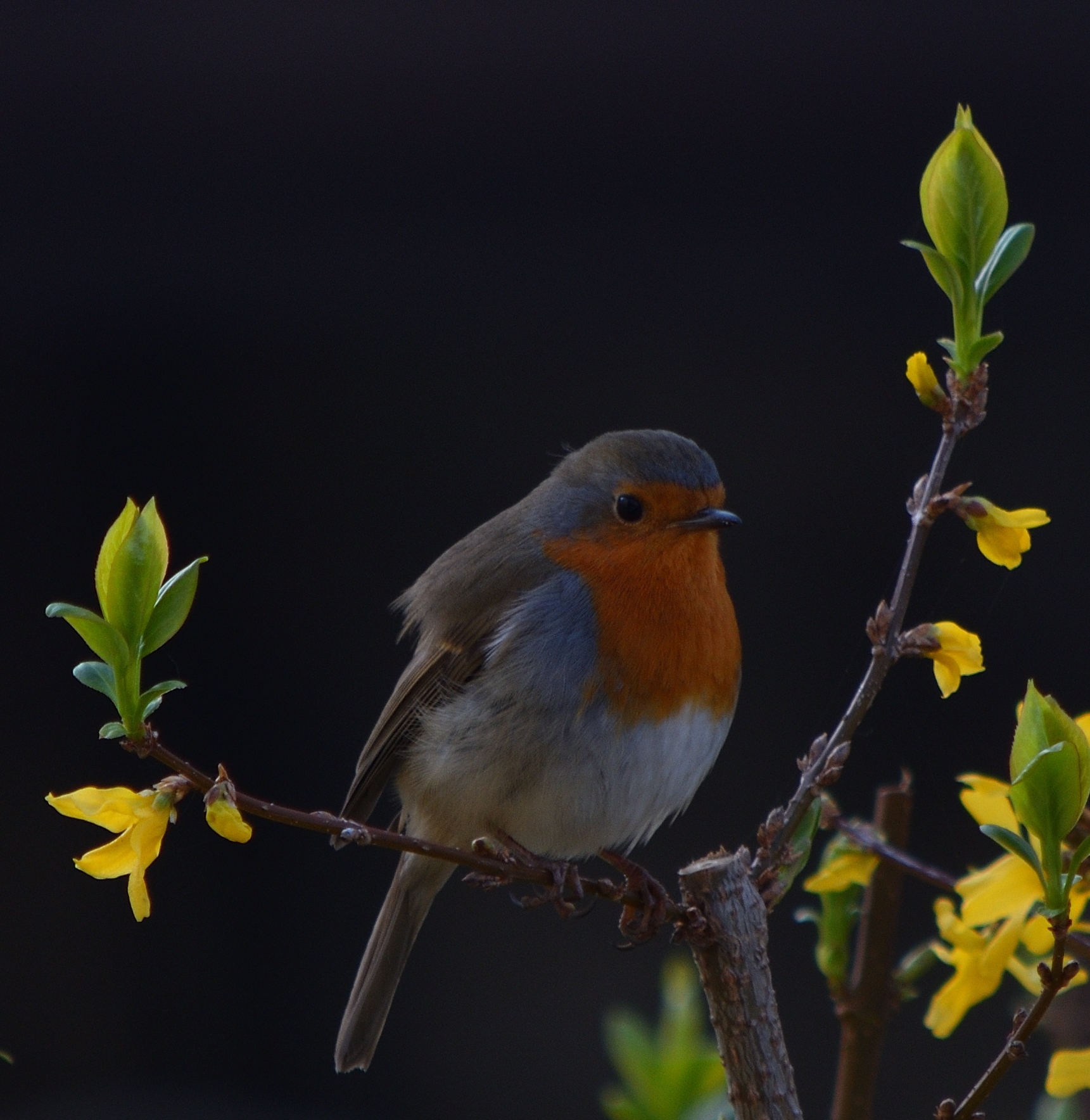
Bird watching is awesome. I had no idea. It is challenging on many levels. You can do it wherever you are. It turns every boring walk in the park into a little adventure. My interest for birds couldn’t have been less until I have lived for maybe 3 years in cologne, the fourth biggest city in Germany counting over a million souls. The longing for beeing in nature grew constantly, and with it my awareness of the environment. I realized that birds are actually the only wildlife species that can be observed in the city. And then I received a gift from a thoughtful person: the pocket guide of European birds (Welcher Vogel ist das?, Kosmos). And weeks later I purchased the Nikon Sportstar 10×25. And I was overwhelmed by the number of different birds that actually find a liveable environment here – the beginning of a new hobby.
Since then I hardly leave the house for a walk without binoculars and camera with a tele zoom. And I usually return with photos of birds I have to identify afterwards, because my repertoire is simply to narrow.
However getting visuals of birds is almost impossible when trees are leafy, no matter how big they are. That is why the auditive sense plays an important role and one has to build up a pattern database of bird sounds in the brain first. After a while you get the hang of it and you can differentiate common birds and seldome or shy ones. One other positive side effect is that you don’t have to stare up all the time like a strange character.
Chasing birds goes quite well with photography, although it is demanding concerning gear quality and camera handling. I am still in a beginner stage here. And I can only use inexpensive gear so I rarely take pictures I am comfortable sharing 😉
For further information, follow the birds tag in the Blog …

